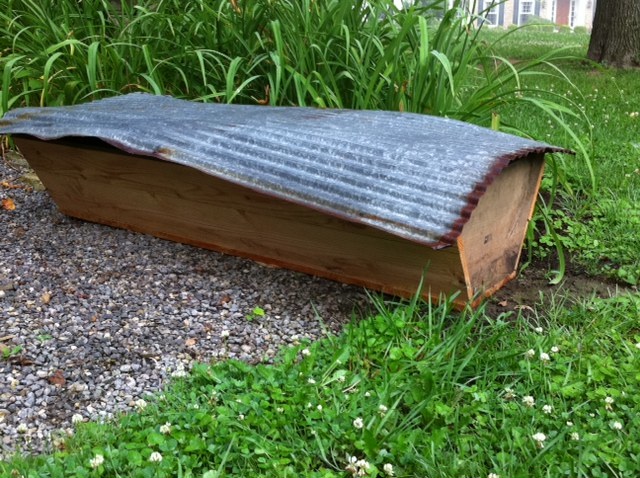We spent much of the weekend on our farm in Waco, Kentucky. Now that Deb owns the farm outright, we feel we can begin making a few slight changes in the way things work down there. For instance, I think we’re gonna ask all the relatives to come and get whatever they want from the old farmhouse and the shed and the barn; whatever’s left that we don’t want will go up in flames in a bonfire the likes of which Madison County hasn’t seen in a long long time. Keep your eyes on the sky the day following Labor Day.
Why clear all that stuff from the house, the shed, the barn? Sometimes you just need to make some room. Creativity requires room. How can new things come to you, Reader, if there’s no space in which to hold it?
So, Brent (the guy who leases the farm to run some cattle) has recently changed his life. He’s made room in it for new things, and he’s ready to keep bees. We’re thinking of starting about 10 hives down there next spring. The farm is a 2-hour drive from here, and because we get down there only about once a month, it’s important to have someone keeping an eye on the bees…and Brent seems perfectly delighted at that prospect. He’s decided on a spot against a fence for the hives. He’s planning to seed a field in clover. For whatever reason, a reason I have no need to understand, Brent needs bees. Just as I did.
You know, Reader, I find it quite fascinating that some people—people such as Brent and me (and perhaps even you)—become ready. I don’t know how to describe it, but I can spot it right away. A light appears in the eye. A space is held open in the body for it. Other people make polite conversation, but those who are ready cannot be satisfied with small talk. Might as well go ahead and buy those people a smoker of their own.







